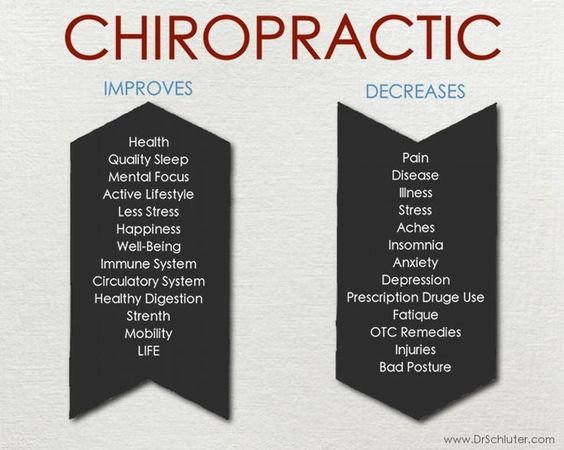Frequent Activities That Contribute To Pain In The Back And Ways To Stop Them
Frequent Activities That Contribute To Pain In The Back And Ways To Stop Them
Blog Article
Personnel Author-Bates Dempsey
Preserving correct posture and avoiding usual mistakes in day-to-day tasks can considerably affect your back health and wellness. From just how you sit at your desk to exactly how you lift heavy things, little adjustments can make a huge difference. Imagine a day without the nagging pain in the back that impedes your every move; the service may be simpler than you assume. By making a few tweaks to your day-to-day habits, you could be on your way to a pain-free presence.
Poor Stance and Sedentary Lifestyle
Poor posture and an inactive way of living are two significant factors to neck and back pain. When you slouch or inkling over while resting or standing, you put unneeded pressure on your back muscular tissues and back. This can result in muscular tissue discrepancies, tension, and at some point, persistent pain in the back. Additionally, sitting for extended periods without breaks or physical activity can weaken your back muscles and cause stiffness and discomfort.
To combat bad pose, make an aware initiative to sit and stand up right with your shoulders back and lined up with your ears. Bear in mind to maintain your feet flat on the ground and stay clear of crossing your legs for prolonged durations.
Incorporating routine stretching and reinforcing exercises right into your everyday routine can also aid improve your position and ease neck and back pain connected with a sedentary way of living.
Incorrect Lifting Techniques
Inappropriate lifting methods can significantly add to back pain and injuries. When you lift heavy items, bear in mind to bend your knees and use your legs to raise, rather than relying on your back muscular tissues. Stay clear of twisting your body while training and maintain the object close to your body to lower stress on your back. It's critical to maintain a straight back and avoid rounding your shoulders while lifting to prevent unnecessary pressure on your spinal column.
Always examine the weight of the item prior to lifting it. If it's too hefty, request for assistance or use devices like a dolly or cart to carry it securely.
Bear in mind to take breaks during raising jobs to give your back muscles an opportunity to rest and protect against overexertion. By applying appropriate training methods, you can stop neck and back pain and decrease the danger of injuries, ensuring your back remains healthy and strong for the long-term.
Absence of Normal Workout and Stretching
A sedentary lifestyle devoid of normal exercise and extending can considerably contribute to neck and back pain and pain. When you don't take part in exercise, your muscles become weak and inflexible, bring about inadequate position and boosted strain on your back. can you go to the chiropractor while pregnant strengthen the muscles that sustain your back, improving security and lowering the danger of neck and back pain. Integrating extending into your regimen can additionally boost flexibility, stopping tightness and discomfort in your back muscles.
To avoid pain in the back triggered by a lack of exercise and stretching, aim for a minimum of 30 minutes of modest exercise most days of the week. Include workouts that target your core muscle mass, as a strong core can help reduce pressure on your back.
Additionally, take breaks to stretch and move throughout the day, specifically if you have a desk work. Easy stretches like touching your toes or doing shoulder rolls can help soothe tension and protect against pain in the back. Prioritizing regular exercise and stretching can go a long way in preserving a healthy back and lowering pain.
Conclusion
So, keep in mind to stay up straight, lift with your legs, and stay active to prevent pain in the back. By making Click To See More to your everyday routines, you can stay clear of the pain and limitations that feature back pain. Look after your spine and muscle mass by exercising excellent stance, correct training strategies, and normal workout. Your back will certainly thank you for it!
